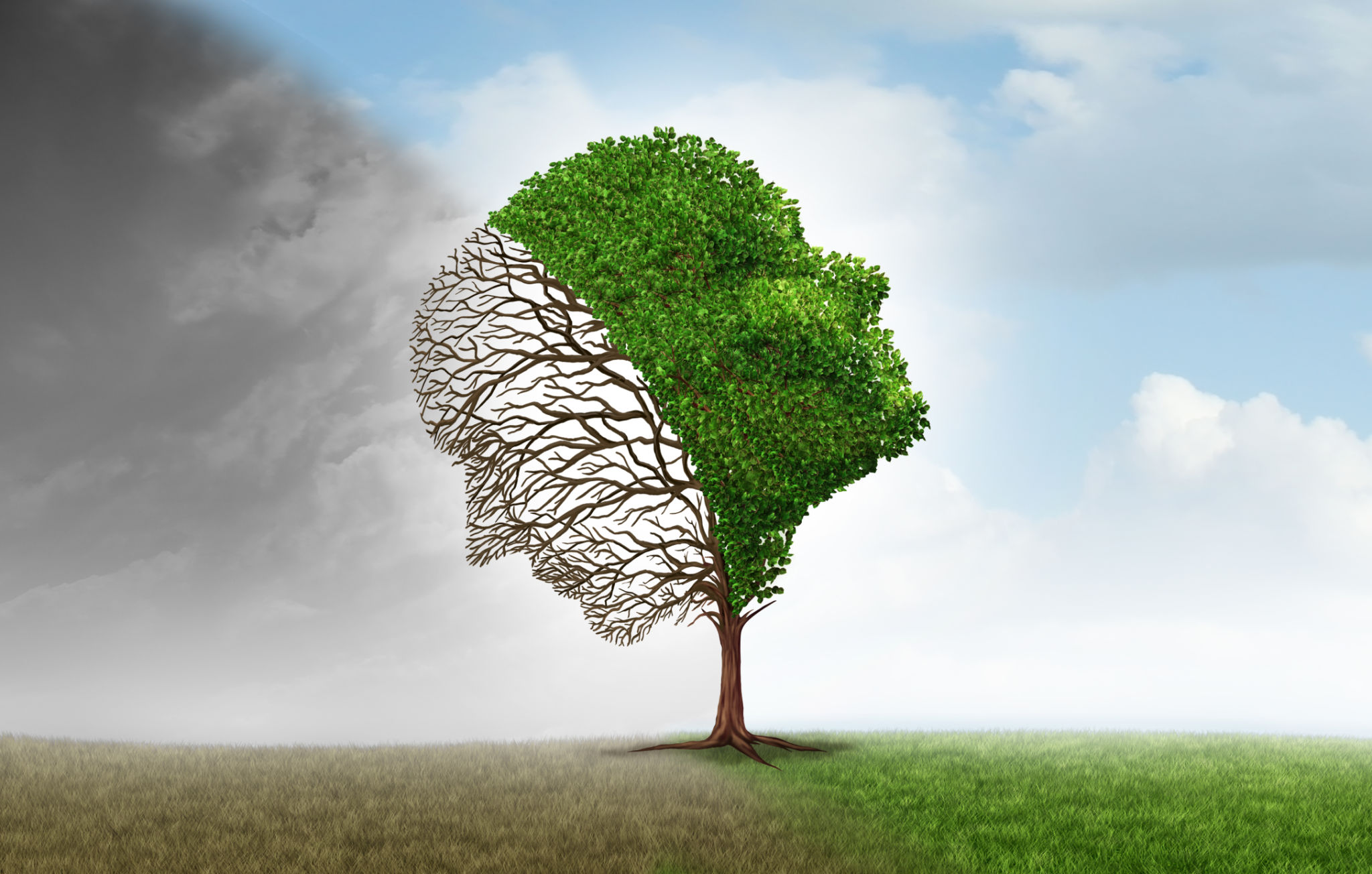Seasonal Affective Disorder: Coping Strategies for the Changing Seasons
Understanding Seasonal Affective Disorder (SAD)
As the seasons change, some people experience a type of depression known as Seasonal Affective Disorder (SAD). This condition is most prevalent during the fall and winter months when daylight hours are shorter. SAD can significantly impact one's mood, energy levels, and overall well-being.
The exact cause of SAD isn't fully understood, but it's believed to be related to the reduced sunlight exposure, which can affect the body's internal clock and lead to feelings of depression. Understanding this disorder is the first step toward managing its symptoms effectively.

Symptoms of SAD
Recognizing the symptoms of SAD is crucial for seeking timely intervention. Common symptoms include:
- Feelings of hopelessness or sadness
- Loss of interest in activities once enjoyed
- Changes in appetite or weight
- Difficulty concentrating
- Fatigue and low energy
Coping Strategies for SAD
Managing SAD involves a combination of lifestyle changes, professional help, and self-care strategies. Here are some effective ways to cope with the symptoms:
Light Therapy
Light therapy is one of the most common treatments for SAD. It involves sitting in front of a special light box that mimics natural sunlight. This exposure helps regulate your body's internal clock and can improve mood and energy levels.

Maintain a Regular Schedule
Sticking to a routine can help stabilize your mood. Try to wake up and go to bed at the same time every day, eat meals on a regular schedule, and incorporate physical activities into your daily routine.
Exercise and Physical Activity
Regular exercise can be a powerful tool in combating depression. Physical activity releases endorphins, which can help boost your mood. Even a daily walk outside can make a significant difference.

Seek Professional Help
If you find that self-help strategies are not enough, it might be time to seek professional help. Therapy, such as cognitive-behavioral therapy (CBT), can be effective in treating SAD. In some cases, medication may also be recommended by healthcare providers.
Self-Care Practices
Incorporating self-care practices into your routine can provide relief from SAD symptoms. Consider activities that promote relaxation and well-being:
- Meditation or mindfulness exercises
- Engaging in hobbies that bring joy
- Spending time with loved ones
- Practicing gratitude journaling

Conclusion
Coping with Seasonal Affective Disorder requires a proactive approach to managing symptoms. By understanding the condition and implementing these strategies, individuals can navigate the changing seasons with greater ease and maintain their overall well-being. Remember, it's important to reach out for help if you need it—you're not alone in this journey.
